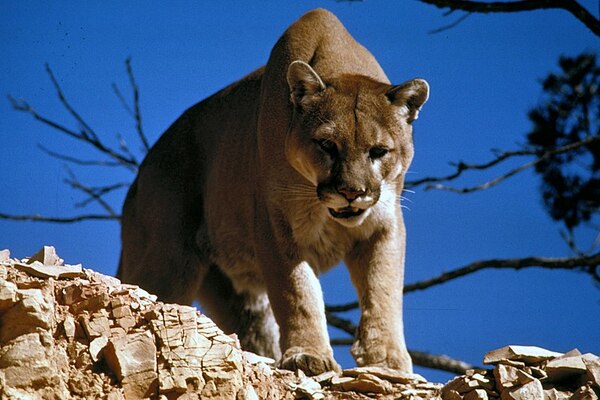Moose, as one of the largest land mammals in the Northern Hemisphere, face predation despite their size and strength. Understanding the predators that hunt moose reveals fascinating insights into predator-prey dynamics and the ecosystems they inhabit. This article explores which animals hunt moose, their hunting strategies, and the role of humans in moose predation.


Pack Hunting Strategy: Wolves are among the most significant predators of moose. They hunt in packs, using coordinated efforts to isolate and exhaust their prey. Wolves primarily target moose in deep snow when their mobility is hindered.
Target Preferences: Calves, the sick, or older moose are the most common targets due to their vulnerability. However, large wolf packs can take down adult moose, including bulls.

Grizzly Bears: Grizzlies occasionally prey on moose, especially calves or adults weakened by illness or injury. They typically ambush their prey, relying on sheer strength to overpower them.
Black Bears: Black bears rarely attack adult moose but may hunt calves during the spring when food is scarce.
Scavenging Behavior: Bears also scavenge wolf kills, feeding on leftover carcasses.

Hunting Habits: Though less common, mountain lions can attack moose, especially in areas where deer populations are lower. They use stealth and powerful leaps to ambush their prey.
Moose Vulnerability: Calves or lone adults in dense forests are most at risk.
Hunting for Game: Humans are the most significant predator of moose, hunting them for meat, sport, and cultural practices. Hunting regulations ensure sustainable population management in regions like Canada and Alaska.

Coyotes rarely hunt adult moose but can kill calves, especially during spring when food sources are limited. They often scavenge on carcasses left by wolves or bears.
Wolverines are opportunistic predators that occasionally hunt moose calves. They primarily scavenge but may target vulnerable moose in harsh winters.
In Russia, Siberian tigers are apex predators capable of taking down moose. These big cats rely on stealth and strength, ambushing moose in dense forests.
Although rare, polar bears have been known to prey on moose in areas where their ranges overlap, such as in cold northern climates.
Moose calves are particularly vulnerable during their first year of life. Predators like wolves, bears, coyotes, and wolverines often target calves due to their smaller size and lack of experience. Mothers defend their young aggressively, but even so, calf mortality rates remain high.
Wolves use endurance hunting, chasing moose over long distances to exhaust them. They often attack in deep snow, where moose are slower and less agile.
A single wolf pack can bring down a full-grown moose through relentless teamwork.
Bears rely on ambush tactics, striking suddenly and overpowering their prey with brute force.
Grizzly bears often attack during moose calving season when calves are most vulnerable.
Cougars use stealth to get close to their prey, delivering a killing bite to the neck. They prefer forested areas for cover and rely on their agility to take down moose.
Wolves and Bears: These regions host large wolf packs and grizzly bear populations, making them the primary moose predators.
Humans: Moose hunting is popular, with strict regulations to manage populations.
Siberian Tigers: These powerful predators dominate moose habitats in Russian forests.
Wolves: In colder regions, wolves play a major role in regulating moose populations.
Bears and Wolves: Scandinavian moose face predation from brown bears and wolves. Calves are especially vulnerable in this region.
Despite their size, moose are not defenseless:
Size and Strength: Adult moose can kick with powerful hooves, capable of injuring or killing predators like wolves or bears.
Protective Mothers: Moose mothers are highly protective of their calves, using their size and aggression to fend off predators.
Habitat Use: Moose often seek refuge in dense forests or shallow waters to escape predators.
The predator-prey relationship between moose and their predators is crucial for ecosystem balance. Predators help control moose populations, preventing overgrazing of vegetation. Conversely, moose are a vital food source for apex predators, supporting biodiversity in their habitats.
From wolves to humans, moose face a variety of predators across their range. Each predator employs unique strategies to hunt moose, shaping the ecosystems they inhabit. Understanding these dynamics not only highlights the resilience of moose but also underscores the importance of conservation efforts to maintain this delicate balance.
Through careful regulation and protection, we can ensure the continued coexistence of moose and their predators in the wild.
animal tags: Moose
We created this article in conjunction with AI technology, then made sure it was fact-checked and edited by a Animals Top editor.